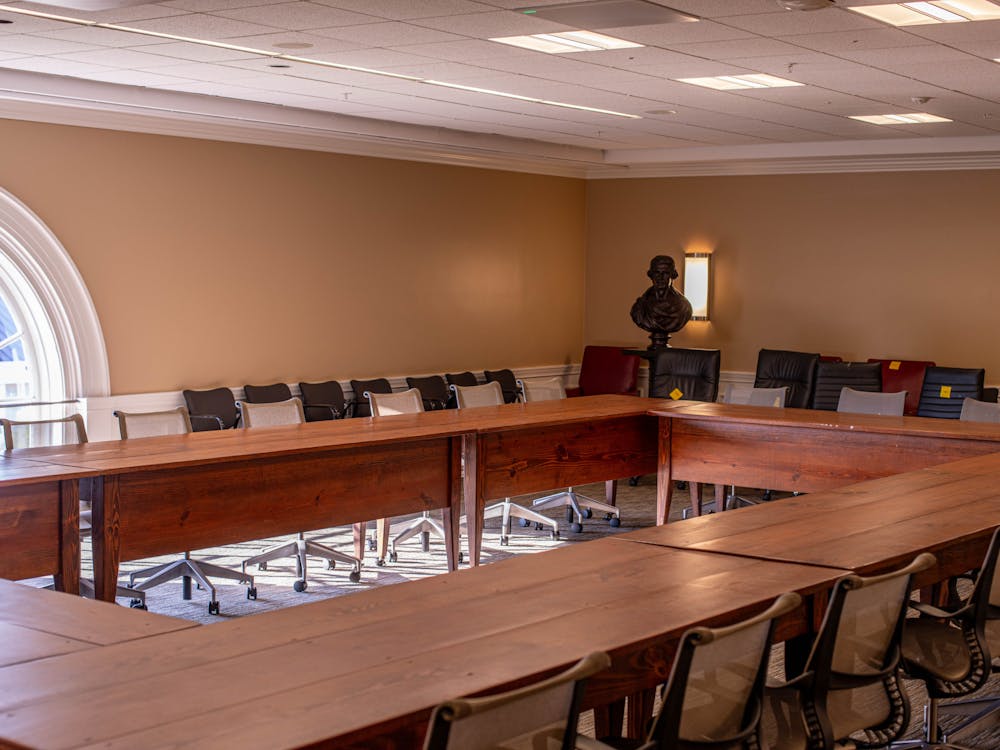Though many high school juniors and seniors will likely pore over the recently released 2009 U.S. News & World Report rankings of national universities, University Dean of Admissions John Blackburn said the University should not put too much weight on the rankings.
The University kept its No. 23 rank among all national universities, again tied with Georgetown University, and also maintained its No. 2 ranking among public universities behind the University of California at Berkeley.
The fact that the University maintained these ranking is quite an accomplishment, University Rector Heywood Fralin said, especially because the University does not have the as much funding as some other institutions.
“I think it’s a real tribute to the university and the faculty and staff that they’re able to accomplish what they can with such limited resources,” Fralin said, adding that he would like to see the University rise in rankings in the future.
Blackburn noted, though, that “you can’t put a specific number on an institution as complicated as U.Va., Georgetown, Berkeley, or Harvard. [University President] John Casteen has always said [that], and I think he’s right, that if you ask your people who the top universities in the country are, they always come up with a cluster.”
The rankings, he maintained, are like “touching the wall in that Olympic race ... [you have to be] just slightly ahead of that other racer.”
Robert Morse, director of data research at U.S. News & World Report, however, noted that although no ranking is perfect, he believes “there is enough of a difference [between universities] that you can numerically rank schools.”
Blackburn noted that there is a vocal group of presidents, mostly from liberal arts colleges, who oppose the ranking system, but said the University has not officially taken a stand against the ranking system.
“When they started [the rankings system] we hated [it],” Blackburn said. “We thought, you can’t be so specific when you put a number on an institution ... [but] they’re here to stay. It’s part of the cultural landscape ranking cars, computers [or] colleges.”
Morse noted that while there are many critics of the rankings, only 1 to 2 percent of all schools refuse to submit their data.
According to Morse, one of the purposes in publishing rankings is to “[make] information about schools that used to be available only to a few available to the masses.” He said he believes rankings have forced schools to be make certain information more accessible to the public, noting rankings allow students and their parents to see whether a school is worth the tuition they would pay.
Blackburn agreed that the rankings do affect the way students view the univerities to which they choose to apply.
“For students who aren’t familiar with U.Va. I think it makes a difference in whether they come to see the place,” he said. “Counselors tell me that, particularly in the northeast, students want to be in the top 25 colleges or universities.”






